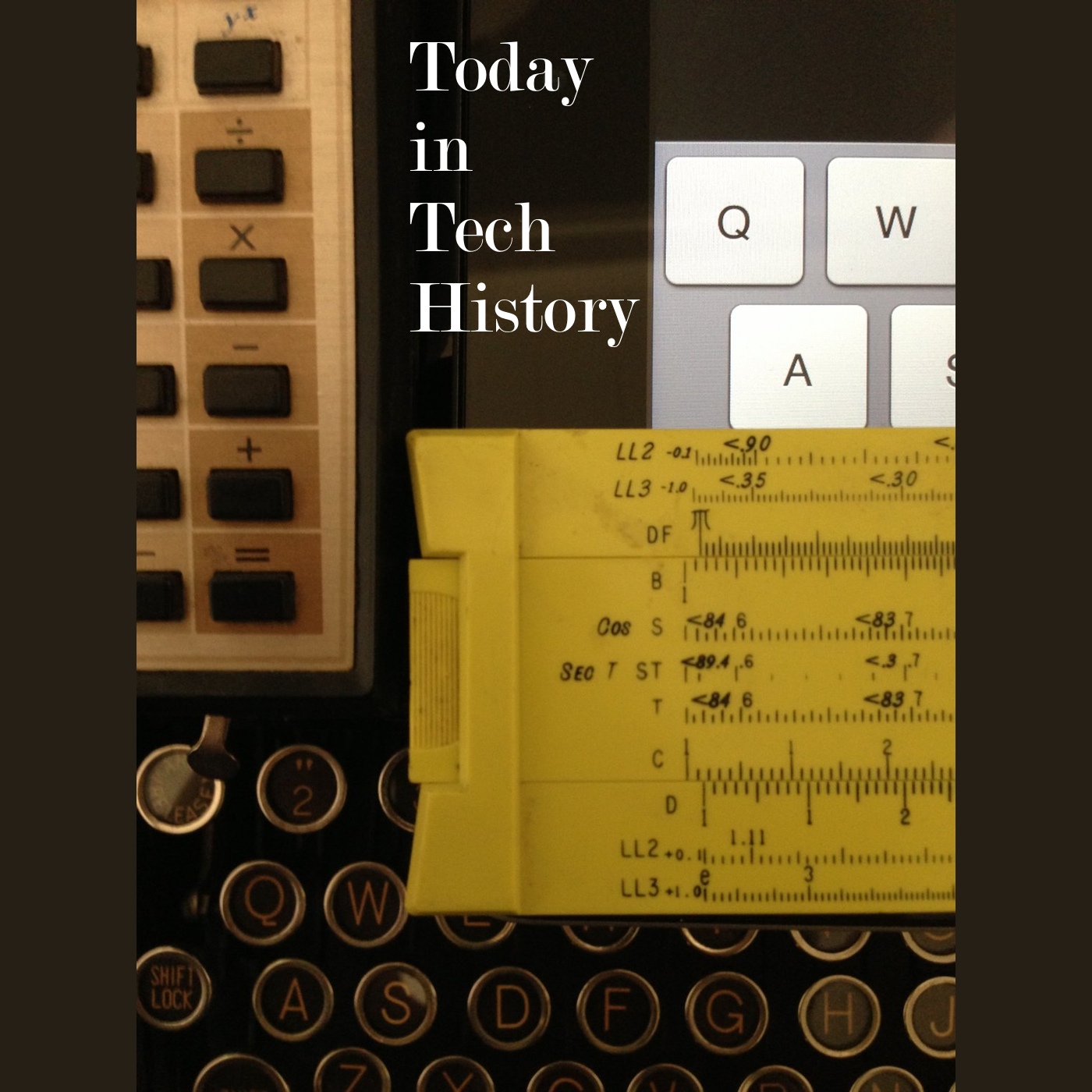 1925 – The first commercial radio facsimile transmission was sent from San Francisco, California to New York City. It was a photograph showing Louis B. Mayer presenting Marion Davies with a gift.
1925 – The first commercial radio facsimile transmission was sent from San Francisco, California to New York City. It was a photograph showing Louis B. Mayer presenting Marion Davies with a gift.
1930 – BBC Radio made the startling announcement that nothing terribly important had happened. Listeners who tuned in to hear the news bulletin were told, “There is no news,” followed by piano music.
http://news.bbc.co.uk/2/shared/spl/hi/newswatch/history/noflash/html/1930s.stm
1986 – Newspapers reported that IBM had become the first to use a megabit chip, a memory chip capable of storing one million bits of information, in its Model 3090.
http://www.nytimes.com/1986/04/18/business/ibm-chip-inaugurates-the-era-of-the-megabits.html
Read Tom’s science fiction and other fiction books at Merritt’s Books site.
 1710 – The Statute of Anne entered into force in Great Britain. The statute ended the practice of copyright being enforced by the Stationer’s Guild under the licensing act and for the first time granted copyright to authors.
1710 – The Statute of Anne entered into force in Great Britain. The statute ended the practice of copyright being enforced by the Stationer’s Guild under the licensing act and for the first time granted copyright to authors.